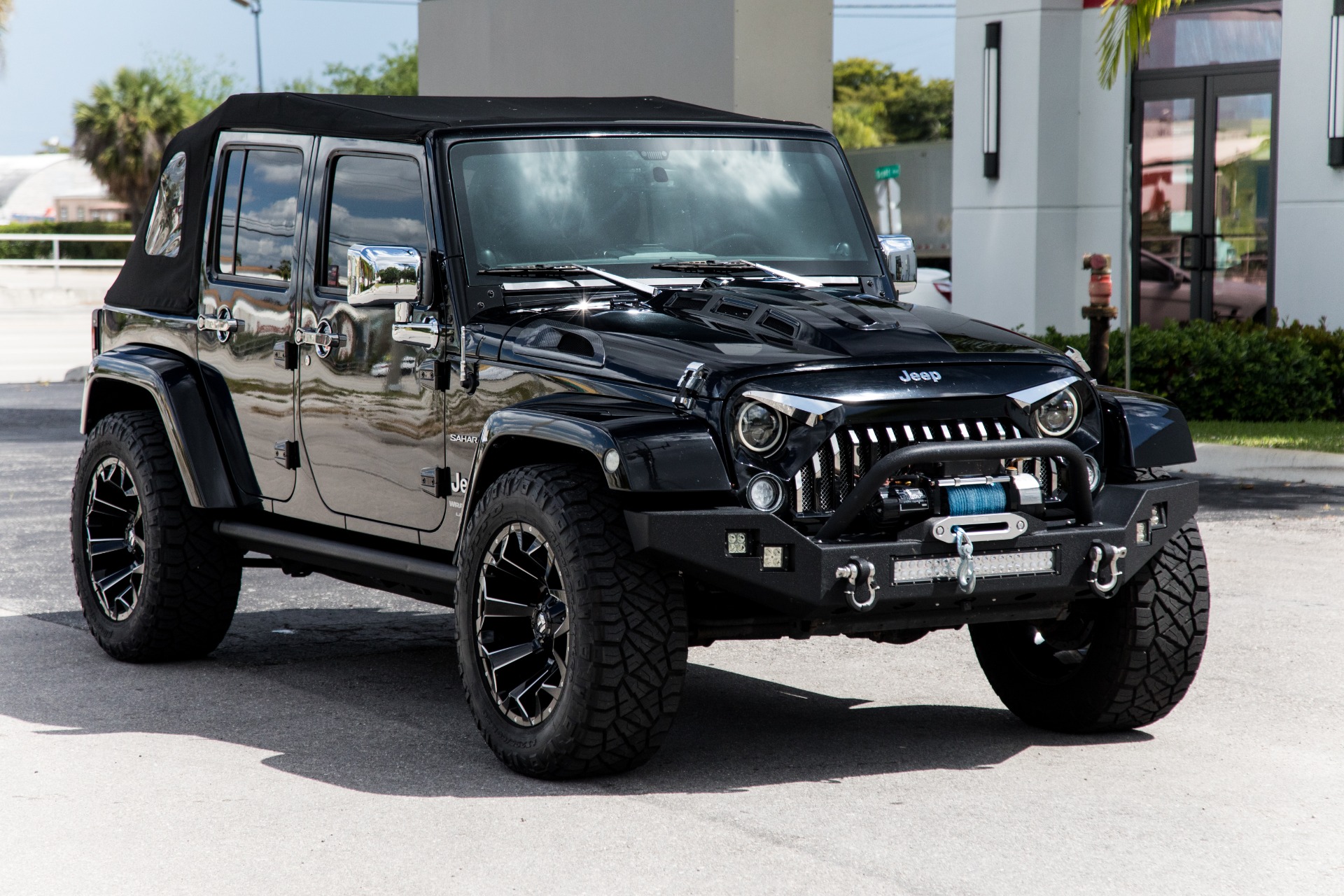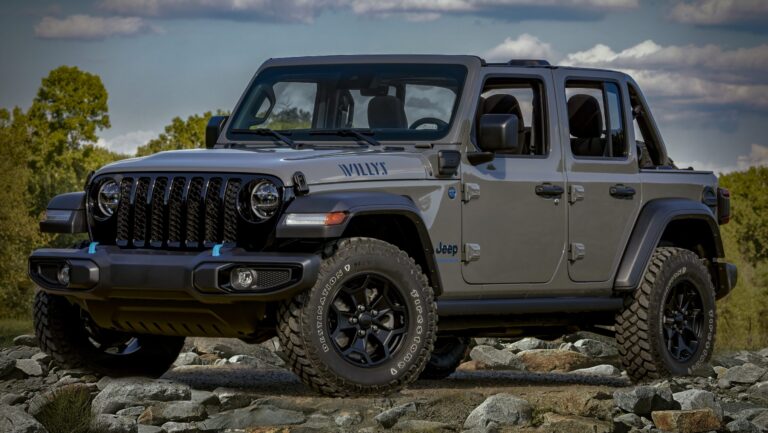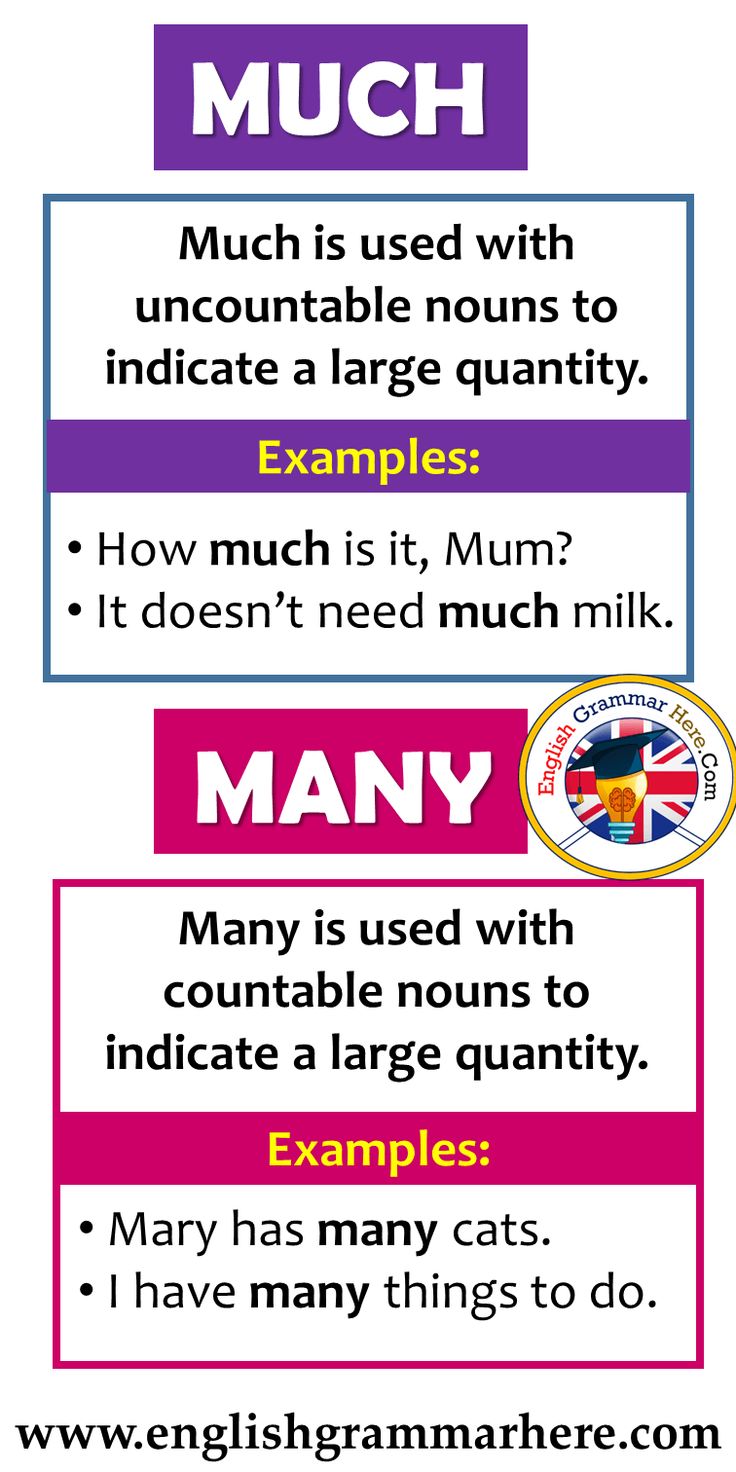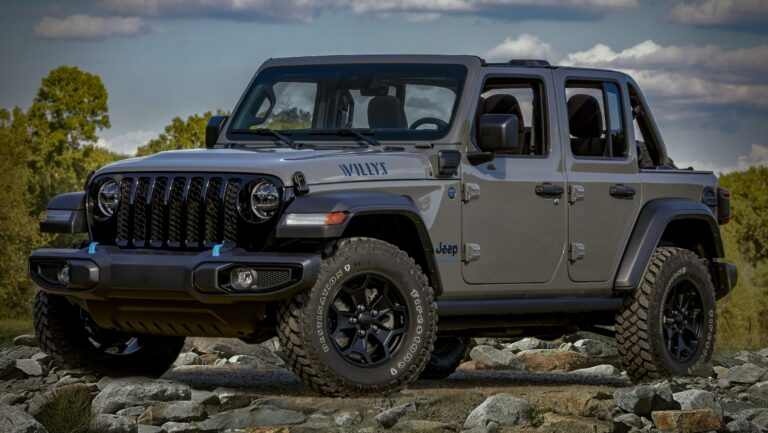Wrangler Jeep Wheels: Your Comprehensive Guide to Performance, Style, and Off-Road Prowess
Wrangler Jeep Wheels: Your Comprehensive Guide to Performance, Style, and Off-Road Prowess jeeps.truckstrend.com
The Jeep Wrangler is more than just a vehicle; it’s a statement, an adventure waiting to happen, and a symbol of rugged freedom. While its iconic grille and open-air design often steal the spotlight, the unsung heroes defining its stance, performance, and off-road capability are its wheels. Wrangler Jeep wheels are not merely functional components; they are critical upgrades that can dramatically transform your Jeep’s aesthetics, handling, and ability to conquer the toughest terrains.
Choosing the right set of Wrangler Jeep wheels is paramount for any owner, whether you’re a seasoned off-roader pushing the limits or a daily driver seeking a unique look and improved road manners. This comprehensive guide will delve deep into everything you need to know about selecting, understanding, and maintaining the perfect wheels for your beloved Wrangler.
Wrangler Jeep Wheels: Your Comprehensive Guide to Performance, Style, and Off-Road Prowess
Understanding Wrangler Jeep Wheels: The Foundation
Before diving into the myriad options, it’s crucial to grasp the fundamental specifications that define Wrangler Jeep wheels. These technical aspects ensure compatibility, proper fitment, and optimal performance.
- Bolt Pattern: This is arguably the most critical specification. It refers to the number of lug holes and the diameter of the imaginary circle on which they are positioned.
- Jeep Wrangler JK (2007-2018) and JL (2018-Present): Utilize a 5×5 inch (or 5x127mm) bolt pattern. This is a common and robust pattern.
- Jeep Wrangler TJ (1997-2006) and YJ (1987-1995): Feature a 5×4.5 inch (or 5×114.3mm) bolt pattern.
- Jeep Wrangler CJ (1976-1986): Typically used a 5×5.5 inch bolt pattern.
- Using a wheel with the wrong bolt pattern is a critical safety hazard and will not fit.

- Offset and Backspacing: These two related measurements dictate how far the wheel extends inward or outward from the hub mounting surface, significantly impacting tire clearance and vehicle stance.
- Offset: The distance from the hub mounting surface to the wheel’s centerline. A positive offset means the mounting surface is towards the front (outer side) of the wheel, pulling the wheel inward. A negative offset pushes the wheel outward.
- Backspacing: The distance from the hub mounting surface to the wheel’s inner edge. Lower backspacing pushes the wheel further out, providing more clearance for larger tires against suspension components but potentially causing rubbing on fender flares.
- For most lifted Wranglers running larger tires, a lower positive or even negative offset (and correspondingly lower backspacing) is often preferred to push the wheels out, preventing rubbing on control arms or sway bars.

- Hub Bore: The diameter of the hole in the center of the wheel that fits over the vehicle’s hub. While most aftermarket wheels are "hub-centric" (designed to fit perfectly), some are "lug-centric" and require hub rings to ensure proper centering and prevent vibrations.

Benefits of Upgrading Your Wrangler’s Wheels
Investing in new Wrangler Jeep wheels offers a multitude of advantages that go beyond mere aesthetics:
- Enhanced Performance: Lighter alloy wheels can reduce unsprung weight, leading to improved acceleration, braking, and fuel economy. The right wheel width also ensures optimal tire contact patch for better traction and handling, especially when airing down for off-road trails.
- Unrivaled Aesthetics and Personalization: Wheels are a major visual component, and upgrading them is one of the quickest ways to dramatically change your Wrangler’s appearance. From aggressive black beadlocks to polished chrome, the options allow for endless customization to match your personal style.
- Superior Off-Road Capability: Stronger, purpose-built off-road wheels can withstand the abuse of rocks, roots, and uneven terrain. Wheels with appropriate offset and backspacing provide the necessary clearance for larger, more aggressive tires, while true beadlock wheels ensure the tire bead stays seated even at extremely low tire pressures, crucial for maximum grip on challenging obstacles.
- Durability and Longevity: Aftermarket wheels are often engineered to higher standards than stock, offering increased strength and resistance to bending or cracking under stress.
Types and Categories of Wrangler Wheels
Wrangler Jeep wheels come in a vast array of types, each with its own characteristics suited for different needs and preferences.
- By Material:
- Steel Wheels: Known for their extreme durability, low cost, and ease of repair (they tend to bend rather than crack). However, they are significantly heavier than alloy wheels, impacting performance and fuel efficiency. Often chosen for hardcore off-roading where strength and reparability are paramount.
- Alloy Wheels (Aluminum Alloy): The most common type of aftermarket wheel. They are lighter than steel, offering performance benefits, better heat dissipation for brakes, and a wider range of designs and finishes. While generally strong, they are more prone to cracking on severe impacts and can be more expensive to repair.
- By Construction:
- One-Piece Cast: The most common and affordable alloy wheel, made by pouring molten aluminum into a mold.
- Forged: Made by compressing a solid block of aluminum under extreme pressure. This results in a much stronger, denser, and lighter wheel than casting, but also significantly more expensive.
- True Beadlock Wheels: Designed specifically for extreme off-roading. They feature an outer ring that clamps the tire bead to the wheel, preventing the tire from detaching (de-beading) when aired down to very low pressures (e.g., 5-8 psi) for maximum traction. Note: True beadlock wheels are often not DOT approved for street use in many areas due to the specialized mounting and potential for improper installation.
- Simulated/Faux Beadlock Wheels: These look like beadlocks but do not have the functional clamping ring. They offer the aggressive aesthetic without the legal or practical complexities of true beadlocks.
- By Finish:
- Black (Matte, Gloss, Satin): Extremely popular for Wranglers, offering an aggressive, modern look.
- Machined/Polished: Provides a bright, reflective finish, often with clear coats for protection.
- Chrome: Offers a high-shine, classic look, but can be prone to pitting or peeling if not maintained.
- Custom Painted/Powder Coated: Allows for virtually any color or design to perfectly match your build.
Choosing the Perfect Wheels for Your Wrangler
Selecting the ideal Wrangler Jeep wheels requires careful consideration of several factors:
- Know Your Wrangler Model and Year: As discussed, bolt pattern varies. Ensure your chosen wheels match your specific Wrangler generation (e.g., JL, JK, TJ).
- Define Your Primary Use:
- Daily Driver/Street: Focus on aesthetics, lighter weight for fuel economy, and perhaps a slightly wider stance.
- Mild Off-Roader: Balance durability with aesthetics. Consider a slightly more aggressive offset for larger tires.
- Hardcore Rock Crawler: Prioritize strength (steel or forged alloy), low backspacing, and potentially true beadlocks for extreme low-pressure traction.
- Tire Compatibility: Your wheel width must be appropriate for your chosen tire size. Tire manufacturers specify a recommended wheel width range for their tires. Running a tire on a wheel that’s too narrow or too wide can lead to poor handling, uneven wear, and even de-beading.
- Lift Kit and Suspension Modifications: If you plan on running larger tires (e.g., 35-inch or 37-inch), a lift kit is almost certainly required, and your wheel’s offset/backspacing becomes critical to prevent rubbing on suspension components or fender flares during articulation.
- Offset and Backspacing (Deeper Dive):
- Lower Backspacing (more negative offset): Pushes the wheel further out, providing more inner fender/suspension clearance for wider tires. This also creates a wider stance, enhancing stability but potentially causing tires to stick out beyond fender flares (which may be illegal in some areas) and throwing more road debris onto the vehicle.
- Higher Backspacing (more positive offset): Keeps the wheel tucked further in. This is generally preferred for stock Wranglers or those with minimal lifts to keep tires within fender lines, but can cause rubbing with larger tires or wider tires on suspension components.
- A common sweet spot for lifted JK/JL Wranglers running 35-37 inch tires is wheels with 4.5 inches of backspacing or less, which translates to a negative offset.
- Budget: Wrangler Jeep wheels vary wildly in price. Set a realistic budget, remembering that quality often correlates with price, especially for forged or true beadlock options.
Installation, Maintenance, and Longevity
Proper installation and ongoing maintenance are crucial for the safety and longevity of your Wrangler Jeep wheels.
- Pre-Installation Checks: Always test-fit new wheels before mounting tires to ensure clearance with brake calipers, steering components, and fender wells, especially if you’re making significant changes to size or offset.
- Installation Process:
- Ensure the hub mating surfaces are clean and free of rust or debris.
- Carefully mount the wheel, ensuring it sits flush on the hub.
- Hand-tighten lug nuts in a star pattern.
- Lower the vehicle and use a torque wrench to tighten lug nuts to the manufacturer’s specified torque (consult your Jeep’s owner’s manual or a service guide). Never overtighten lug nuts with an impact gun without a torque stick.
- Re-torque lug nuts after 50-100 miles of driving to ensure they haven’t loosened.
- Maintenance:
- Cleaning: Regularly clean your wheels to remove brake dust, dirt, and road grime. Use wheel-specific cleaners and brushes, especially for intricate designs. Avoid harsh acids that can damage finishes.
- Inspection: Periodically inspect your wheels for cracks, bends, dings, or signs of corrosion, especially after off-road excursions.
- Tire Pressure Monitoring System (TPMS): Most modern Wranglers have TPMS. Your new wheels must be compatible, and you may need to transfer your existing sensors or purchase new ones and have them programmed.
Common Challenges and Smart Solutions
Even with careful planning, challenges can arise when upgrading Wrangler Jeep wheels.
- Tire Rubbing:
- Problem: Tires rub on fenders, frame, or suspension components, especially during turns or suspension articulation.
- Solution: Adjust wheel offset/backspacing, install a lift kit, trim fenders or add flat fenders, adjust steering stops, or install bump stop extensions.
- Increased Unsprung Weight:
- Problem: Heavier wheels and tires can negatively impact fuel economy, acceleration, braking performance, and strain suspension components.
- Solution: Opt for lighter alloy or forged wheels. Be realistic about tire size; going excessively large adds significant weight. Consider upgrading brakes and suspension components to compensate.
- Balancing Issues:
- Problem: Vibrations at certain speeds due to unbalanced wheel and tire assemblies, especially common with large, aggressive tires.
- Solution: Ensure professional mounting and balancing using dynamic balancers. Consider using balancing beads inside the tire for continuous balancing.
- TPMS Compatibility:
- Problem: New wheels may not accept existing TPMS sensors, or sensors may not connect to the vehicle’s system.
- Solution: Purchase new OEM-compatible sensors or aftermarket universal sensors. Have them installed and programmed by a professional.
Practical Advice for Wrangler Owners
- Prioritize Quality: Your wheels are a critical safety component. Don’t compromise on quality to save a few dollars. Reputable brands offer better engineering, materials, and warranties.
- Measure Twice, Buy Once: Use online calculators and forums to research ideal offset and backspacing for your specific Wrangler model and desired tire size/lift. When in doubt, consult with experienced off-road shops.
- Consider a Wheel and Tire Package: Many retailers offer discounted packages when you buy wheels and tires together, often including mounting and balancing.
- Professional Installation: While capable DIYers can install wheels, having them mounted and balanced by a professional with specialized equipment ensures proper fitment and safety.
- Think Long-Term: Consider how your wheel choice impacts future modifications, resale value, and your overall ownership experience.
Wrangler Jeep Wheels: Estimated Price Guide
Prices for Wrangler Jeep wheels vary significantly based on material, brand, design, size, and finish. The table below provides a general estimated price range per wheel.
| Wheel Type/Material | Size Range (Diameter x Width) | Common Brands Examples | Estimated Price Range (Per Wheel) | Notes |
|---|





